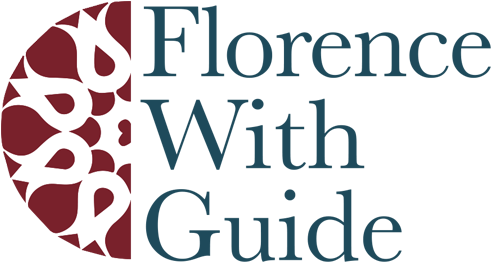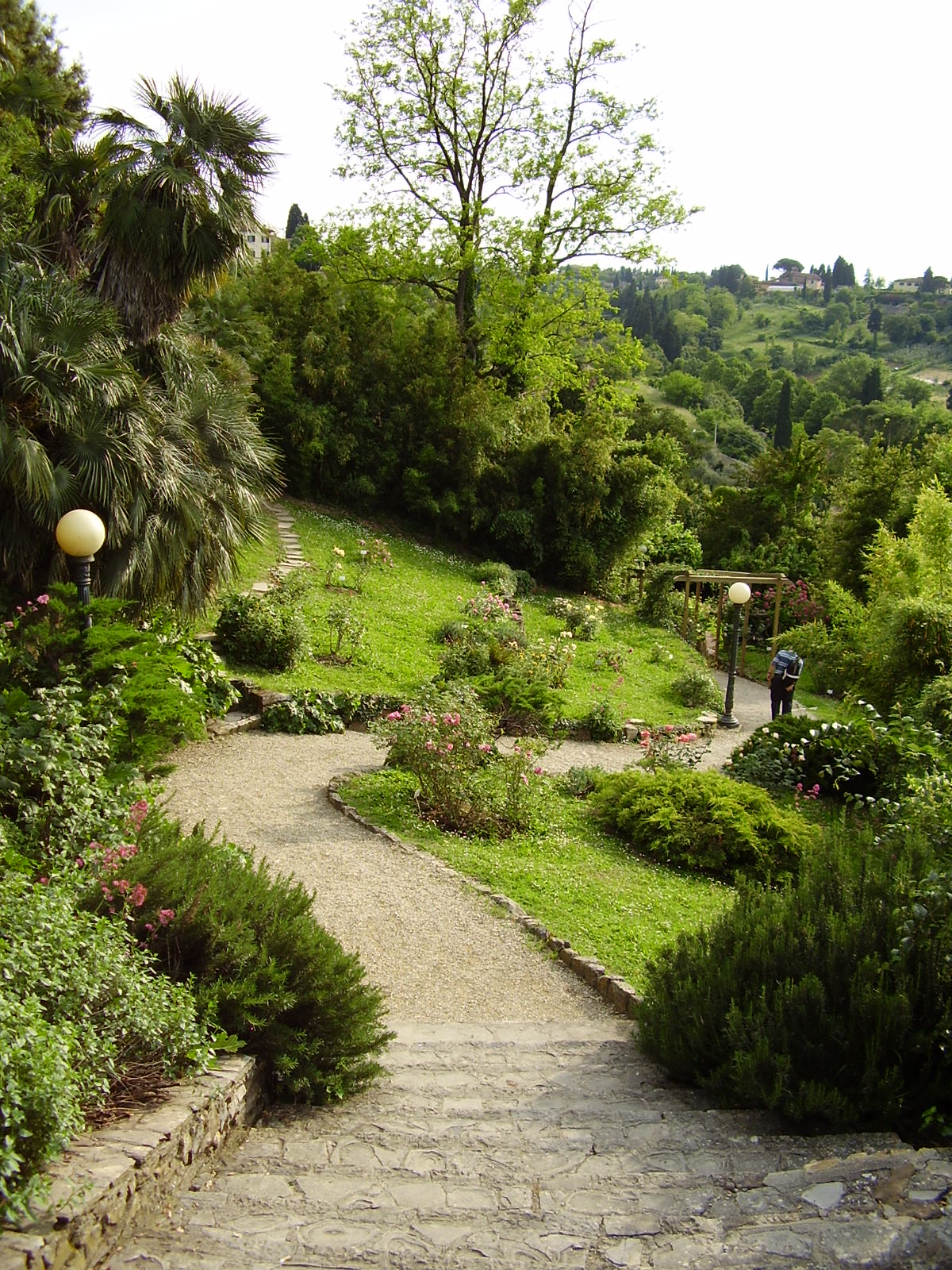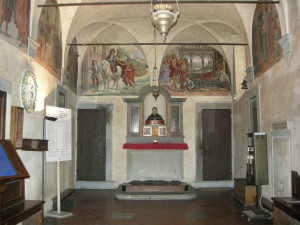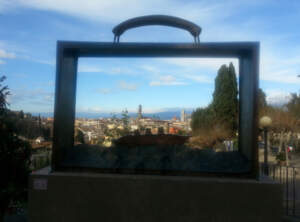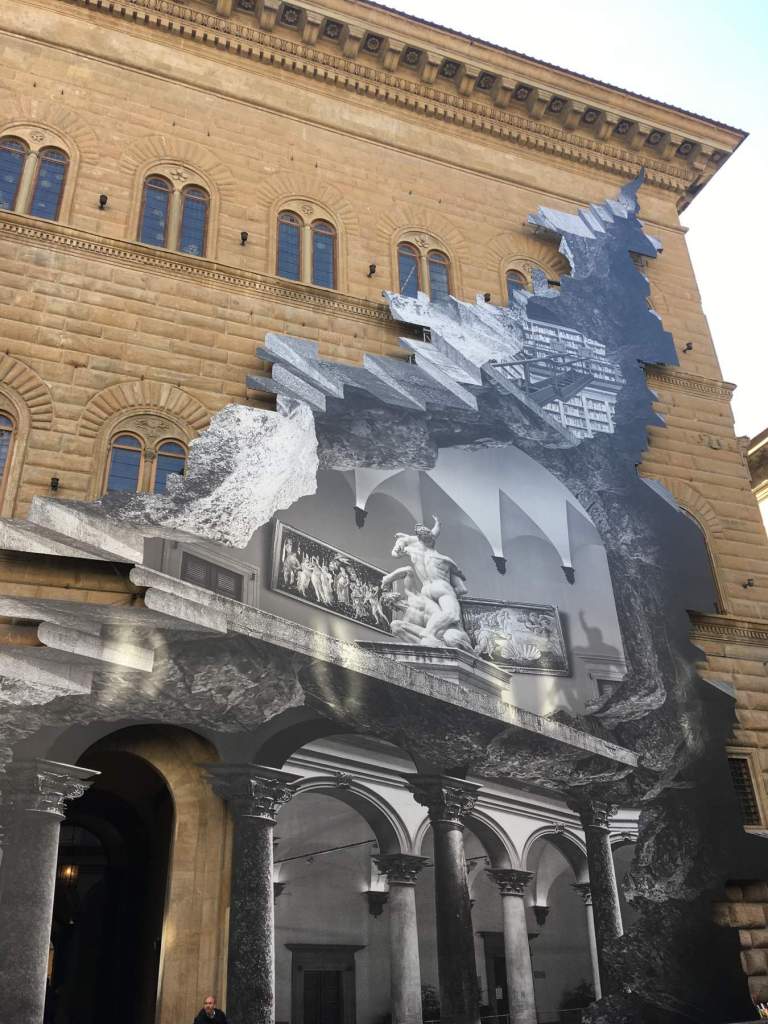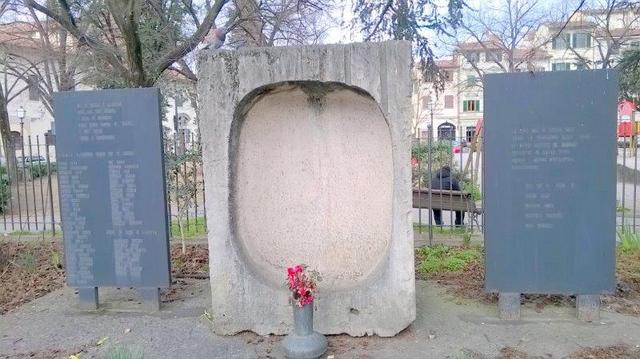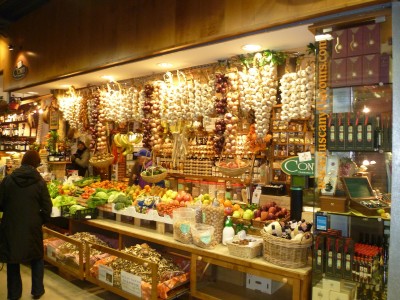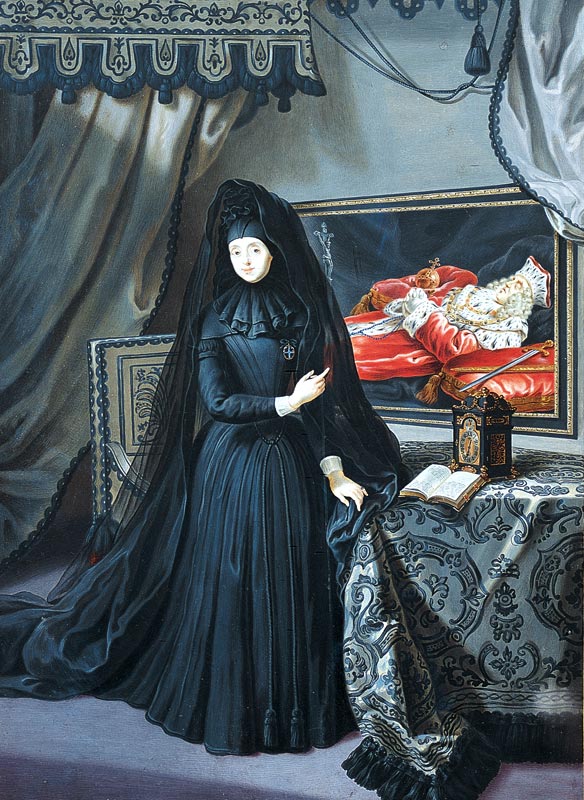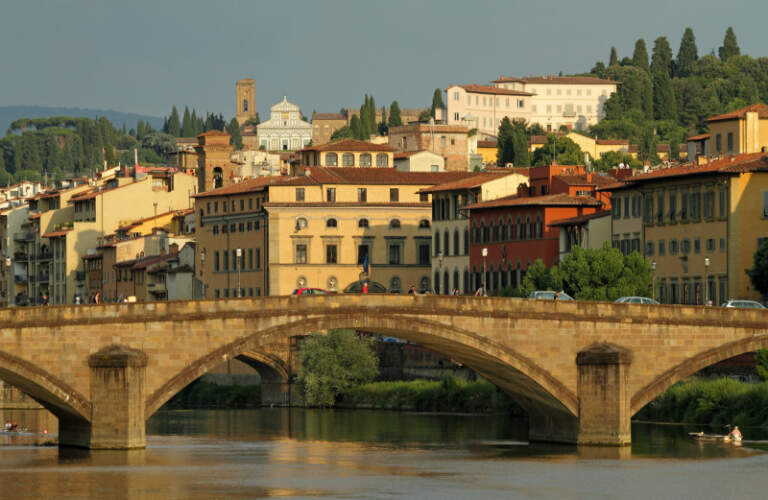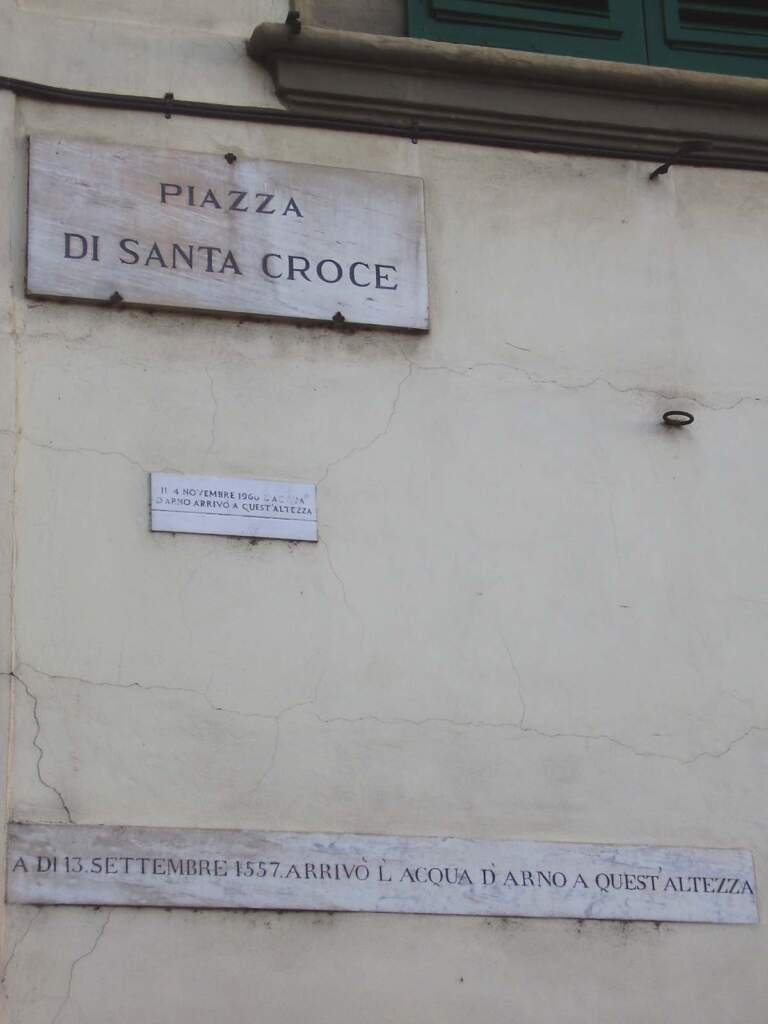5 art sites to see in Florence for free
The offer of art in Florence is unrivalled, but tickets and entrance fees can become a worry when there is so much to see. Fortunately there is a lot of art you can visit and enjoy for free. Here is our top 5 list for the budget art traveler.
Cenacolo di Sant’Apollonia
Cenacolo is the Italian word for refectory and this museum is basically a wide room once used as refectory in the Benedictine convent of Saint Apollonia. Andrea del Castagno painted the west wall with episodes of the passion of Christ: Crucifixion, Deposition and Resurrection, and The Last Supper at the bottom.
The fresco delivers a sharp, almost sculptural, description of characters and a vivid study of perspective, offering an innovative interpretation of biblical history.
The peculiarity of the refectory in Sant’Apollonia is a late discovery: since the Benedictines lived in seclusion the artwork became public only after the abolition of religious orders in 1864. On that occasion parts of the former convent were demolished and modified and the refectory was saved and became a small museum still accessible for free.
Opening times of Sant’Apollonia.
The Last Supper in Ognissanti
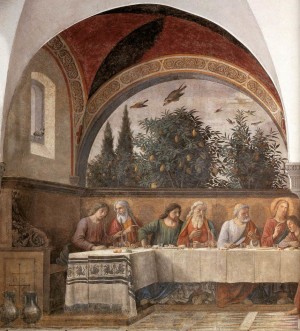 This fresco of the Last Supper by Domenico Ghirlandaio is in the former refectory of the Ognissanti Church (again dismantled between 1866 and 1923 and now partly occupied by the Carabinieri).
This fresco of the Last Supper by Domenico Ghirlandaio is in the former refectory of the Ognissanti Church (again dismantled between 1866 and 1923 and now partly occupied by the Carabinieri).
Ghirlandaio can be considered the storyteller of Florentine society in the 15th century: contemporary details and settings joined with great skills are among the best examples of Renaissance art. In the case of Ognissanti the setting under an open garden loggia creates the illusion of taking part in the scene. Inside the church another masterpiece by Ghirlandaio awaits your attention: it is the pensive figure of St. Gerome painted for the Vespucci family.
The refectory is open Mondays, Tuesdays and Saturdays 9-12 am.
Oratory of the congregation of the Buonomini di San Martino
Literally Buonomini means good people, and this congregation is in charge of the small oratory since 1440. The purpose of the congregation, founded by Dominican Saint Antonino Pierozzi, was to help “distressed gentlefolk”, too ashamed to ask for support.
The oratory is still today their meeting place, in the name of St. Martin, who shared his cloak with a beggar, and the lively frescoes by Ghirlandaio portray the everyday tasks of the Buonomini while giving us an unparalleled take on daily life in Renaissance Florence.
Open Monday – Friday 10-12 and 3- 5 pm
Closed on Saturdays and holidays
Old Pharmacy Of Santa Maria Novella
Although it is a functioning shop the Old Pharmacy does not sell pills or accept prescriptions: it keeps alive a tradition started by the Dominicans at the end of the 13th century. The friars prepared their remedies and grew herbs in the cloisters. Some directors were friends of Galilei and corresponded with influential scientists across Europe. Their specialties include Alchermes, rose water, soaps and bath salts, Medici liquor and more.
In the 19th century it was sold and is now privately managed, but fortunately a great part of the original furniture remains: wardrobes and pots, alembics and mortars are beautifully displayed in the old oak armoires and contribute to create a timeless atmosphere.
Open daily 9.30 am -7.30 pm
The roses’ garden
This is by far one of the most romantic spots and one of the most striking views of Florence. The garden, occupying a terraced space just below the terrace of Piazzale Michelangelo, was built by Giuseppe Poggi in 1865 and a few years later the roses were planted. Now in the full bloom in May and June you can count up to 100 varieties. Since 2011 the garden hosts a display of the monumental sculptures donated by Belgian artist Jean Michel Folon, perfectly integrated into the landscape.
Open daily from 8 am to 8 pm.
